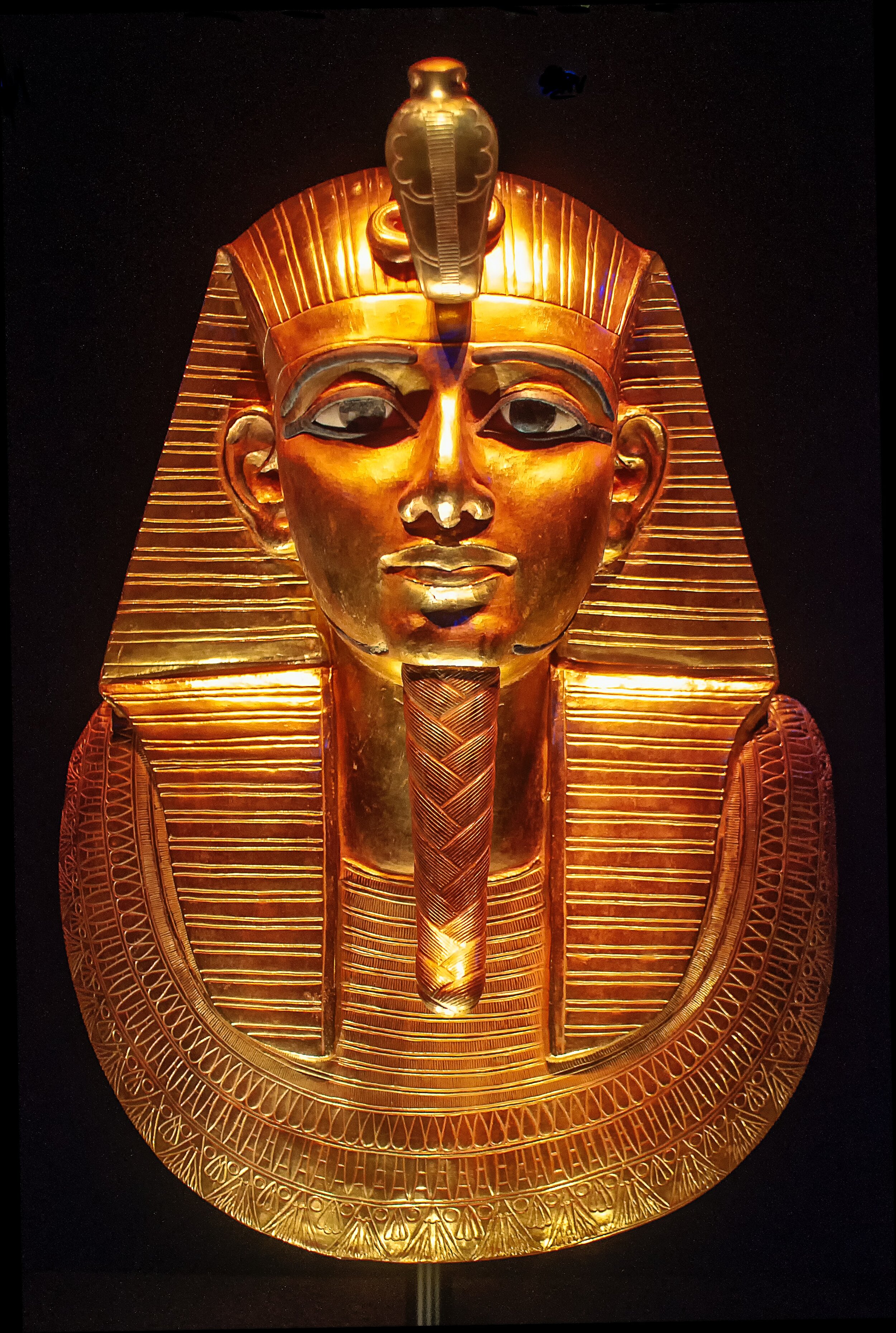To Double-Cross Zeus for the Greater Good
/Credit: josh howard/unsplash
torch with flame in the dark
Look around you, wherever you are. What do you see? Pick a few objects that you consider essential for your daily life.
What if I told you that once upon a time, not so long ago, fire was just as essential to humanity?
Fire cooked our food. Fire crafted our weapons, glass and jewellery. Fire kept us warm, lit and safe. And, as long as humans have witnessed its cleansing, purifying, transformative and destructive powers, fire has been present in our mythologies. Simply put, we wouldn’t have made it this far as a species without it, and that is why fire deserves a special place in folklore.
However, this power didn’t come freely. Something as essential, mighty and enduring could only be magical and restricted. For the Ancient Greeks, fire was an entity only worthy of the gods—meagre humans were not learned or civilized enough to wield it.
Today we’ll learn about the hero who gave humanity the gift of fire. Or, in the eyes of Zeus, the trickster thief who stole what wasn’t ever meant for humans to possess.
The Always Benevolent Zeus
credit: johannes plenio/pexels
orange lightning on cloudy landscape
Think about cruel and unusual punishment. Would a thief deserve it? According to the Ancient Greek gods, Prometheus certainly did.
Prometheus, one of the Titans, was not involved in the Titanomachy (I discussed this briefly in my first blog post), so Zeus didn’t imprison him in Tartarus. Instead, Zeus tasked Prometheus to craft the first humans from clay. As strange as this sounds, Prometheus succeeded, but he also ended up liking humans. In time, Prometheus felt more at home with mortals than among the gods (I wonder why). Then, he decided to steal Zeus’s fire for humans. Fire had been only accessible to the gods so far.
Not for much longer, however. Prometheus (a very smart titan whose name means “forethought”) provoked a fight over a golden pear in which he attached the message “for the most beautiful goddess of all.” Knowing that Greek deities are as vain as can be, do you see a problem with that message? Don’t think too long about it!
A squabble ensued, and Prometheus took advantage of the distraction to sneak into Hephaestus’s workshop, where he found the fire. He then proceeded to smuggle it out inside a hollowed pumpkin (other myths say it was a hollowed reed or fennel stalk). He brought it to Earth and gifted it to humans.
It didn’t take Zeus long to notice… Worst of all, this wasn’t the first time Prometheus had deceived him. If you think about it, for Greek deities, a single transgression is (often) one too many. Some would say Prometheus would’ve rather been imprisoned in Tartarus from the beginning knowing what awaited him.
The Actual Punishment
source: wikimedia commons, prometheus bound by thomas cole (1847)
painting of prometheus chained to mount caucasus
Zeus didn’t do the dirty work himself. After all, Prometheus didn’t quite steal from Zeus directly. Prometheus had instead stolen from Hephaestus, god of fire. Zeus made Hephaestus craft chains with which to bind Prometheus to Mount Caucasus—at the time viewed as the end of the world. Clearly, Zeus didn’t want Prometheus close to him or his property ever again.
Apparently, chaining someone to a faraway mountain isn’t enough of a punishment, so Zeus sent an eagle to eat Prometheus’s liver for all eternity. As an immortal entity, Prometheus could not die. Instead, he would keep suffering forever as the eagle ate his liver every day, only for it to regenerate every night.
Not All Hope is Lost
credit: mike labrum/unsplash
group of lit candles in the dark
You might be relieved to know that there is an eventual end to Prometheus’s suffering. Zeus offered to free him in exchange for information regarding a prophecy about his potential dethronement as king of the gods. Prometheus, true to his conviction, refused to tell Zeus.
It was ultimately Hercules, on his way to complete his Twelve Labours, who killed the eagle one day, freeing Prometheus from his daily torment. Zeus (again) wasn’t happy, but if you can’t beat them…
Zeus granted Prometheus his freedom.
Prometheus’s transgressions against Zeus made him a champion for humanity and the creator of human arts and sciences. Fire isn’t nearly as essential to us today as it was for most of humankind’s history. And, you know, we also have lighters and matches now. Nonetheless, from the lens of Ancient Greek mythology, my ability to write this post, your ability to read it and even our very existence are all thanks to Prometheus.
Here’s to a better 2021.
All hail the fire thief!
Read more:
Raf N.
After finishing a Bachelor of Business Administration and a Graduate Diploma in Digital Marketing, Raf ventured into the exciting world of professional writing. Some of Raf’s interest include travel, photography, history, languages, and dogs.





















